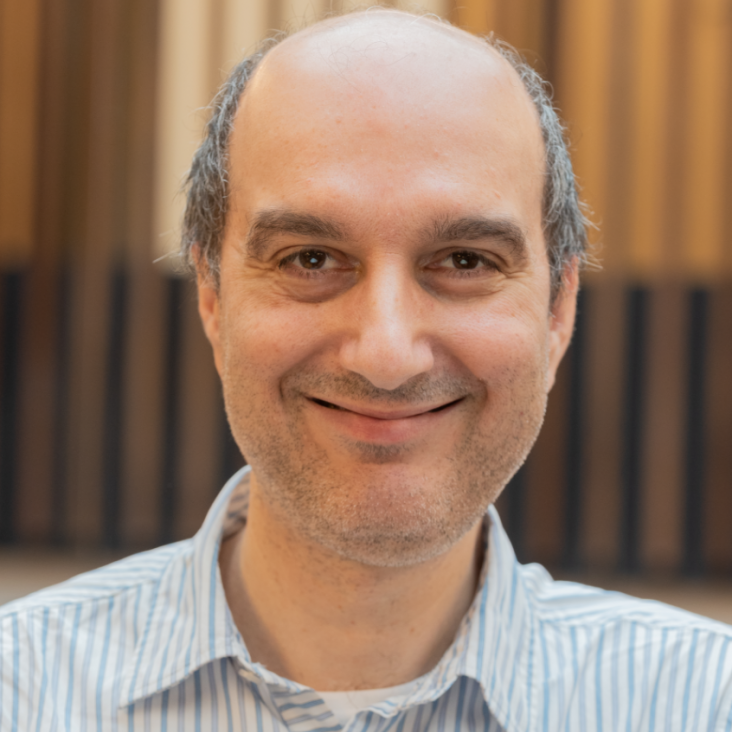X-ray scattering from warm dense iron
High Energy Density Physics 9:3 (2013) 573-577
Abstract:
We have carried out X-ray scattering experiments on iron foil samples that have been compressed and heated using laser-driven shocks created with the VULCAN laser system at the Rutherford-Appleton Laboratory. This is the highest Z element studied in such experiments so far and the first time scattering from warm dense iron has been reported. Because of the importance of iron in telluric planets, the work is relevant to studies of warm dense matter in planetary interiors. We report scattering results as well as shock breakout results that, in conjunction with hydrodynamic simulations, suggest the target has been compressed to a molten state at several 100GPa pressure. Initial comparison with modelling suggests more work is needed to understand the structure factor of warm dense iron. © 2013.Spectroscopic and X-Ray Scattering Models in SPECT3D
Institute of Electrical and Electronics Engineers (IEEE) (2013) 1-190
Radiative shocks produced from spherical cryogenic implosions at the National Ignition Facility
Physics of Plasmas 20:5 (2013)
Abstract:
Spherically expanding radiative shock waves have been observed from inertially confined implosion experiments at the National Ignition Facility. In these experiments, a spherical fusion target, initially 2 mm in diameter, is compressed via the pressure induced from the ablation of the outer target surface. At the peak compression of the capsule, x-ray and nuclear diagnostics indicate the formation of a central core, with a radius and ion temperature of ∼20 μm and ∼ 2 keV, respectively. This central core is surrounded by a cooler compressed shell of deuterium-tritium fuel that has an outer radius of ∼40 μm and a density of >500 g/cm3. Using inputs from multiple diagnostics, the peak pressure of the compressed core has been inferred to be of order 100 Gbar for the implosions discussed here. The shock front, initially located at the interface between the high pressure compressed fuel shell and surrounding in-falling low pressure ablator plasma, begins to propagate outwards after peak compression has been reached. Approximately 200 ps after peak compression, a ring of x-ray emission created by the limb-brightening of a spherical shell of shock-heated matter is observed to appear at a radius of ∼100 μm. Hydrodynamic simulations, which model the experiment and include radiation transport, indicate that the sudden appearance of this emission occurs as the post-shock material temperature increases and upstream density decreases, over a scale length of ∼10 μm, as the shock propagates into the lower density (∼1 g/cc), hot (∼250 eV) plasma that exists at the ablation front. The expansion of the shock-heated matter is temporally and spatially resolved and indicates a shock expansion velocity of ∼300 km/s in the laboratory frame. The magnitude and temporal evolution of the luminosity produced from the shock-heated matter was measured at photon energies between 5.9 and 12.4 keV. The observed radial shock expansion, as well as the magnitude and temporal evolution of the luminosity from the shock-heated matter, is consistent with 1-D radiation hydrodynamic simulations. Analytic estimates indicate that the radiation energy flux from the shock-heated matter is of the same order as the in-flowing material energy flux, and suggests that this radiation energy flux modifies the shock front structure. Simulations support these estimates and show the formation of a radiative shock, with a precursor that raises the temperature ahead of the shock front, a sharp μ m-scale thick spike in temperature at the shock front, followed by a post-shock cooling layer. © 2013 AIP Publishing LLC.Visualizing electromagnetic fields in laser-produced counter-streaming plasma experiments for collisionless shock laboratory astrophysics
Physics of Plasmas 20:5 (2013)
Abstract:
Collisionless shocks are often observed in fast-moving astrophysical plasmas, formed by non-classical viscosity that is believed to originate from collective electromagnetic fields driven by kinetic plasma instabilities. However, the development of small-scale plasma processes into large-scale structures, such as a collisionless shock, is not well understood. It is also unknown to what extent collisionless shocks contain macroscopic fields with a long coherence length. For these reasons, it is valuable to explore collisionless shock formation, including the growth and self-organization of fields, in laboratory plasmas. The experimental results presented here show at a glance with proton imaging how macroscopic fields can emerge from a system of supersonic counter-streaming plasmas produced at the OMEGA EP laser. Interpretation of these results, plans for additional measurements, and the difficulty of achieving truly collisionless conditions are discussed. Future experiments at the National Ignition Facility are expected to create fully formed collisionless shocks in plasmas with no pre-imposed magnetic field. © 2013 AIP Publishing LLC.Comparison between x-ray scattering and velocity-interferometry measurements from shocked liquid deuterium
Physical Review E - Statistical, Nonlinear, and Soft Matter Physics 87:4 (2013)


